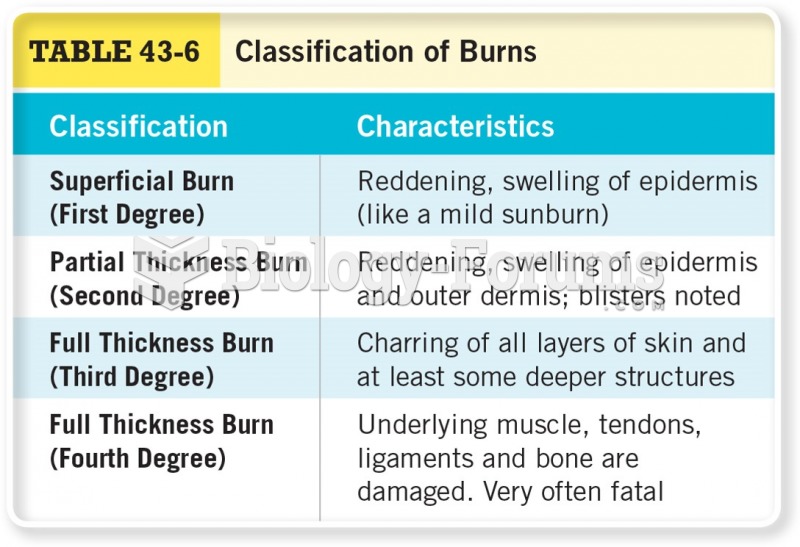This topic contains a solution. Click here to go to the answer
|
|
|
Did you know?
Individuals are never “cured” of addictions. Instead, they learn how to manage their disease to lead healthy, balanced lives.
Did you know?
Disorders that may affect pharmacodynamics include genetic mutations, malnutrition, thyrotoxicosis, myasthenia gravis, Parkinson's disease, and certain forms of insulin-resistant diabetes mellitus.
Did you know?
Approximately 25% of all reported medication errors result from some kind of name confusion.
Did you know?
About 100 new prescription or over-the-counter drugs come into the U.S. market every year.
Did you know?
It is difficult to obtain enough calcium without consuming milk or other dairy foods.







